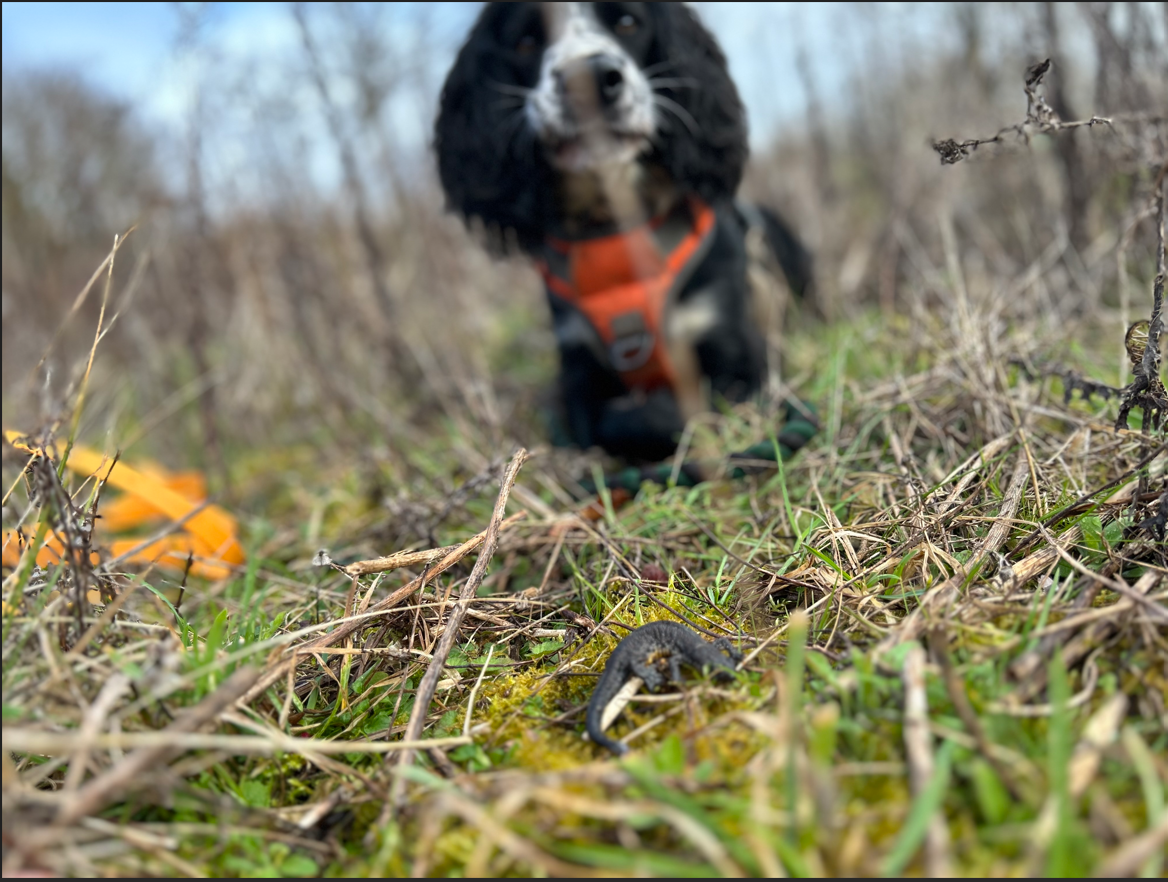10. Advice note 10: Reptile Survey and Mitigation Guidance for Peatland Habitats
pdf 10. Advice note 10: Reptile Survey and Mitigation Guidance for Peatland Habitats Popular
By Angela Julian 1338 downloads
Advice note 10 - Peatland Reptile Survey and Mitigation Guidance - v2 April 2024.pdf
The guidance in this document is intended to assist in designing mitigation for impacts on reptiles during peatland restoration works. The mitigation approaches may also be suitable for the construction phase of some developments on peatland habitats. This guidance focuses on Scotland where peatland habitats are extensive, but could be applied elsewhere in the UK or Ireland where this habitat also occurs. While it deals explicitly with peatlands, many of the recommendations could be followed or adapted for other habitats which may be occupied by reptiles.
Three reptile species (adder, common lizard, and slow-worm) are known to occur in Scottish peatlands, while the grass snake is also present in England. Only common lizards occur in Northern Ireland and Ireland. All native reptile species are protected under relevant national legislation, and are also included on the national lists used to define the Biodiversity Duty of public bodies in the UK.
Built developments may be sited on peatland habitats, while restoration is often the subject of site management for nature reserves and habitat management plans associated with developments such as onshore wind farms. While restoration of peatlands will ultimately benefit biodiversity, the methods used can conflict with reptiles.
This document provides guidance to help plan peatland restoration so as to avoid negative impacts on reptiles so far as is practical.
A flow chart and summary table are provided to assist project planning.
It is essential that reptile mitigation is designed based on the best possible baseline dataset, collected through use of historic data, habitat mapping and presence surveys.
One of the greatest risks to reptiles on peatland sites is the loss of hibernaculum features, either directly or through raising the water table. Hibernacula should be mapped and it is essential to time work so as to avoid these features during the hibernation period. Recommendations are given for construction of artificial hibernacula.


